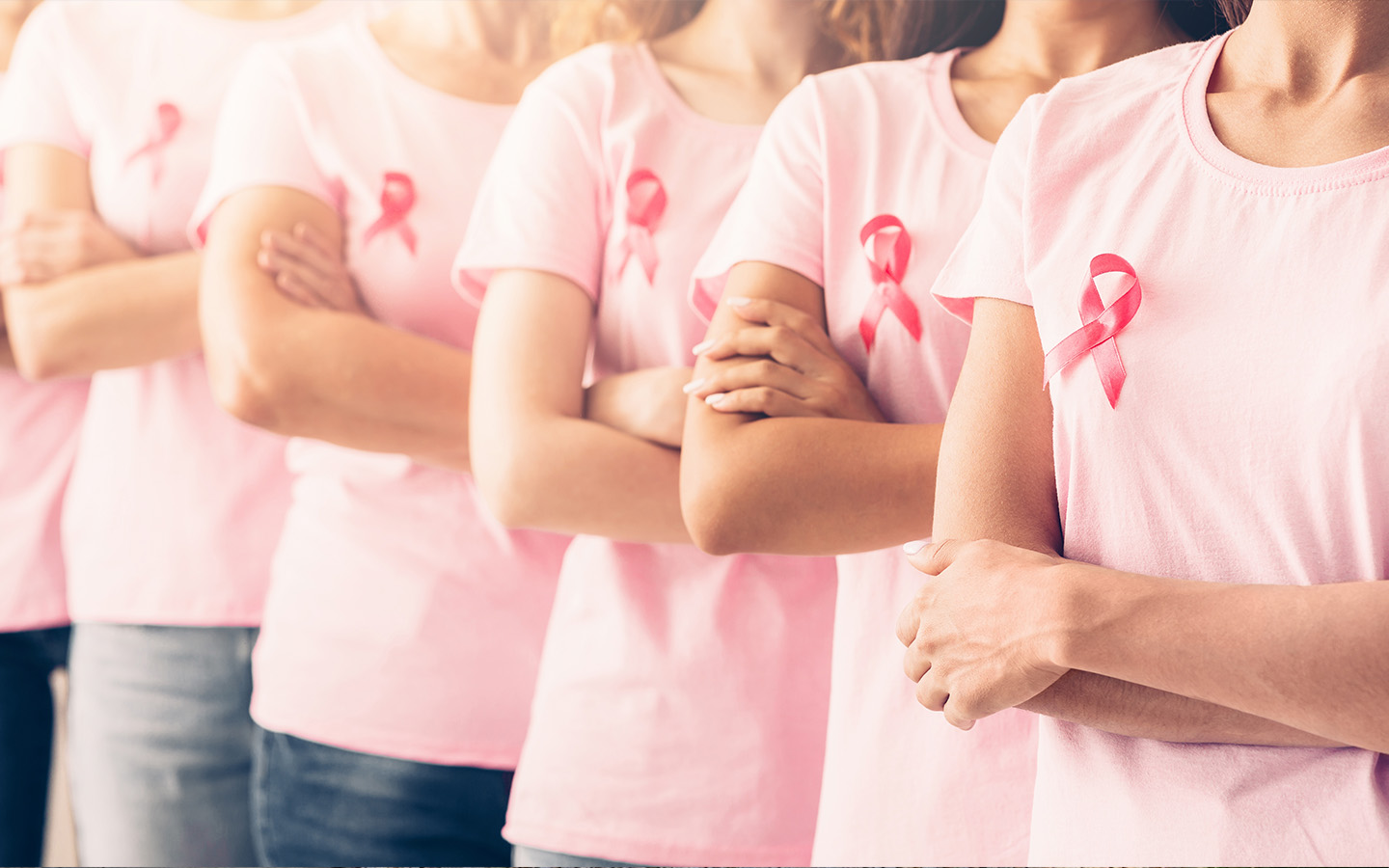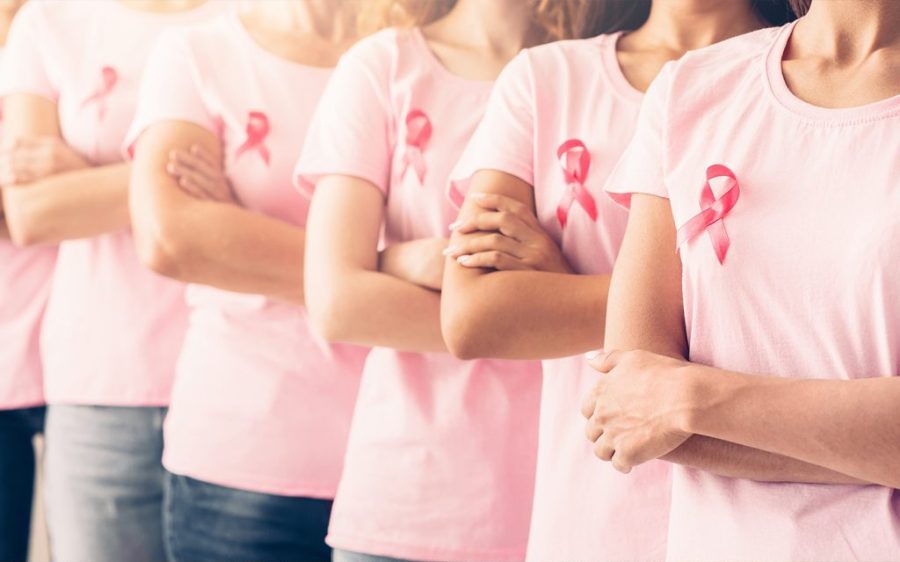The World Health Organization (WHO) reports that more cases of breast cancer are diagnosed globally than any other form of the disease.
While lung cancer is the most common cancer overall in Macao, breast cancer is certainly the most common for women. Last year, a Health Bureau screening programme found that 15.3 percent of the more than 4,000 participants were at high risk of developing breast cancer. (The disease also hits men, though at a significantly lower rate.)
[See more: University of Macau makes breakthrough in precision medicine treatment for breast cancer]
While factors like age and genetics can increase the risk of getting breast cancer, the good news is that changes to your lifestyle can redress the balance as well as lead to better health and well-being overall.
For Breast Cancer Awareness Month, here are five tips for reducing your likelihood of developing breast cancer, and improving your chances of beating it.
1. Eat a healthy, balanced diet
Four of the nine recommendations from the World Cancer Research Fund International for staving off cancer involve food. So, stock up on veggies and whole grains, steer clear of ultra-processed and fast foods, lower your red meat intake, and cut out sugary drinks.
While no food prevents breast cancer, eating healthily also helps combat obesity, which is linked to breast cancer in women who are past menopause, as well as in men.
2. Cut down on alcohol
No level of alcohol consumption is safe for your health, the WHO says. Alcohol is classified as a group 1 carcinogen by the International Agency for Research on Cancer, alongside asbestos, radiation and tobacco (so, stop smoking while you’re at it).
According to the WHO, the majority of alcohol-attributable breast cancers in women are caused by “light” and “moderate” alcohol consumption. If you can’t cut booze out altogether, the Mayo Clinic recommends women limit themselves to a maximum of one standard drink a day.
3. Get fit
Exercise affects your breast cancer risk. According to Breast Cancer UK, being physically active reduces your risk of breast cancer by about 20 percent. It does this through lowering the levels of certain circulating hormones (like oestrogen, androgen, insulin and leptin) and reducing chronic inflammation.
You don’t have to become a marathon runner or even a gym bunny to be considered physically active. Building small amounts of exercise into your daily routine through walking to work or taking the stairs can help a lot.
4. Breastfeed, if possible
If you have a baby and can breastfeed, studies show you could reduce your risk of breast cancer by doing so. Breastfeeding for more than a year is believed to be especially effective.
Breastcancer.org says “making milk 24/7 limits breast cells’ ability to misbehave.” Lactating women tend to have lower oestrogen levels, and the act of breastfeeding also encourages women to eat better and limit their alcohol (see tips 1 and 2).
5. Embrace screening sooner, and more often
There are several ways you can better understand your chances of developing the disease in the first place, such as genetic testing and learning about your family’s medical history. If you are higher risk, more frequent breast exams – such as mammograms – are recommended. Early detection is crucial.
If you are very high risk, you may want to opt for preventative surgery like actress Angelina Jolie did back in 2013. Jolie had a double mastectomy after finding out she carried the BRCA1 gene and had an 87 percent chance of developing breast cancer.
Self-checks can also help you detect breast abnormalities that could indicate cancer. If something feels or looks awry, book an appointment with your doctor.






